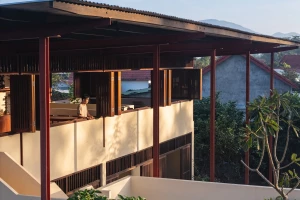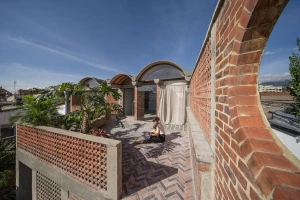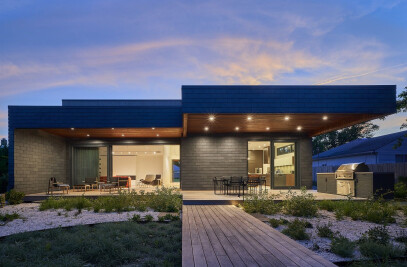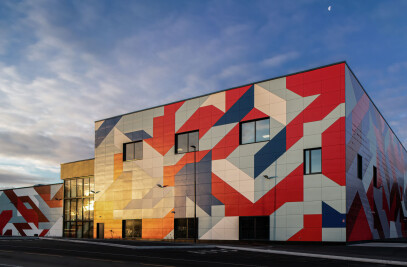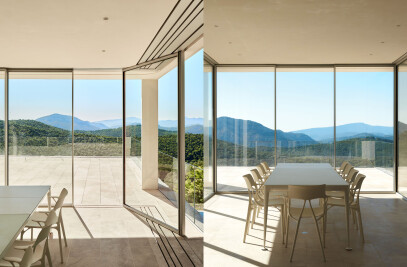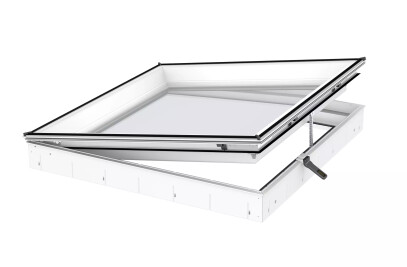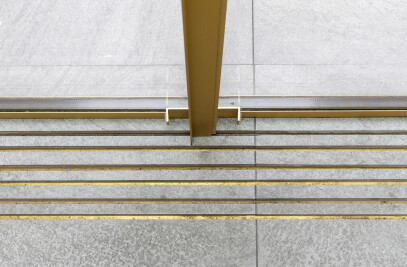Located on a gently sloping site in Singapore’s gardens by the bay, AirMesh is a 3D printed temporary pavilion by AIRLAB. The result of five years of research on the topic of 3D printing in architecture, the highly optimized structure is extremely lightweight and fully open to visitors. It is the world’s first architectural structure made of 3D printed components in stainless steel.

The overall form of the pavilion can be described as a polyhedron generated from four directional vectors. It is made up of 216 bars of different lengths and sections, and 54 unique nodal joints printed in a steel and bronze alloy. The structure contacts the ground at eleven different points to transfer stress.
Clad with two layers of white fishing net, LED lights light up the structure at night. The faceted form and ethereal appearance of shade and filtered views are described by its designers as the reinterpretation of a traditional Chinese lantern.
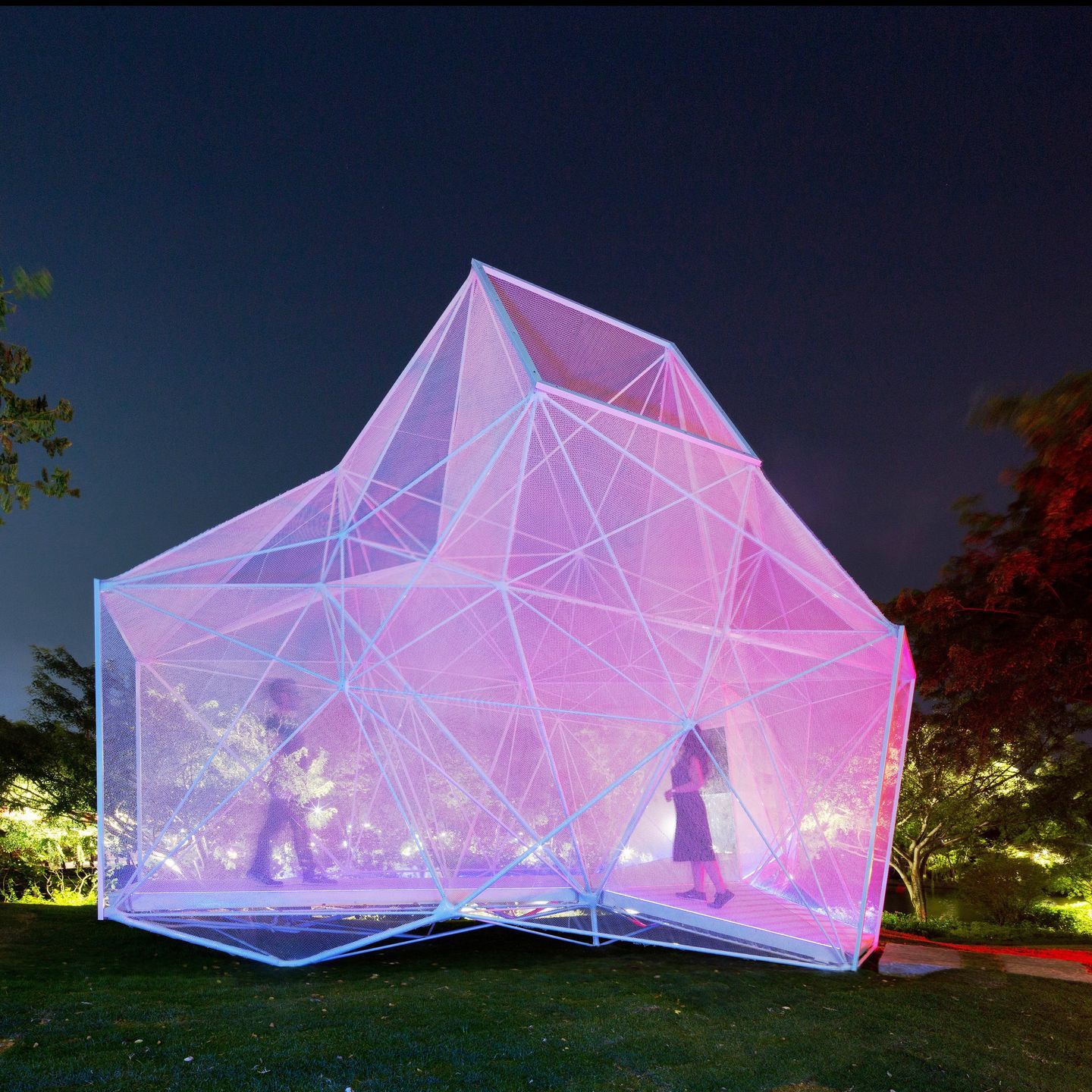
AirMesh was assembled in two days by a total of five people. The speed of construction comes largely from technological innovation. Being able to 3D print the threads inside the nodes to facilitate the assemblage with bolts concealed in the bars, only hex keys of different diameters are needed to assemble the entire pavilion. The system allows for tolerances of less than a millimetre and perfect fit of components, taking construction in stainless steel to the next level of rapidity and performance. The structure weighs 700 kg, and despite its slender appearance, can withstand loads 16 times its weight - more than 11 tonnes.

‘As the first of its kind, it fosters Singapore’s design and innovation edge. AirMesh’s structural prowess pushes the limit of slenderness and therefore aims to inspire dare and curiosity in users,’ says Carlos Banon, lead designer and SUTD professor.










